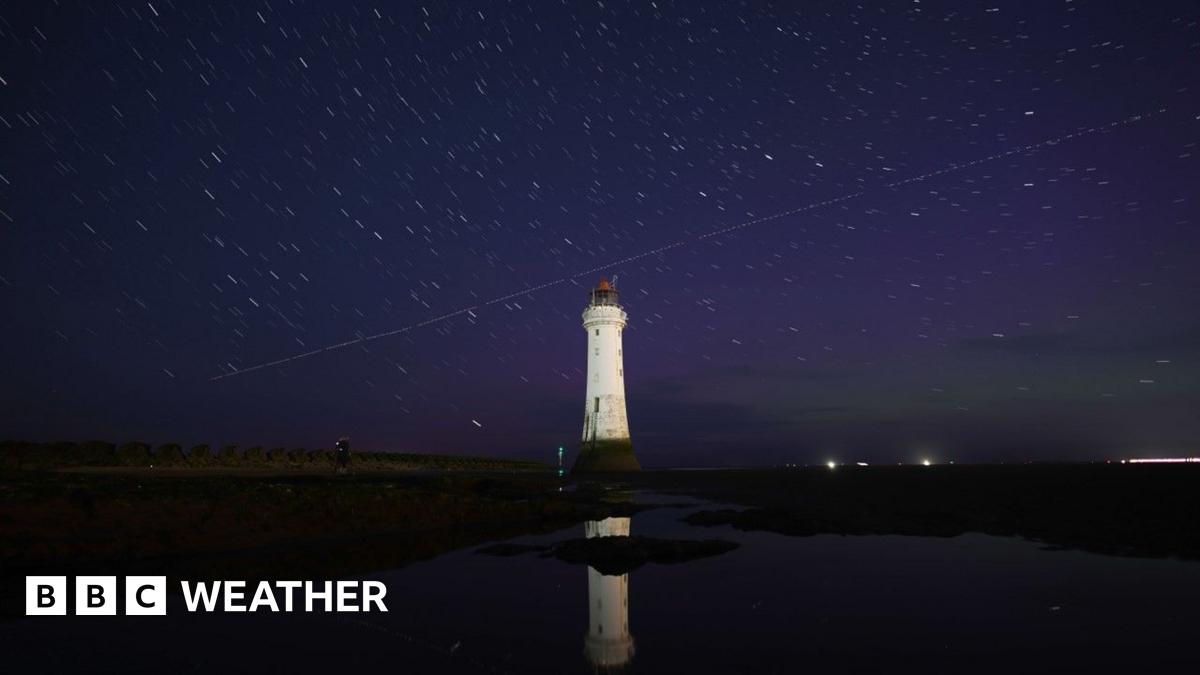Meteor showers happen when dust from a passing comet or asteroid passes through the Earth’s atmosphere. The tiny particles – roughly the size of a grain of sand – vaporise creating visible streaks of light.
In the most dense parts of the dust stream more meteors are visible.
Comet 109P/Swift-Tuttle is a ‘periodic’ comet meaning it has an orbit of less than 200 years. It was first discovered by Lewis Swift and Horace Tuttle – hence the name.
To find the Perseid meteor shower it is best to look for the point in the sky where they appear to originate from – known as the radiant – which for this one is in the constellation of Perseus.
It should be easiest to spot a meteor in the northern hemisphere between midnight and an hour before sunrise, but of course it’s all dependent on the cloud cover so it is worth checking the weather where you on the BBC Weather app or website first.
Ideal conditions for viewing are a dark, clear sky with a wide unobstructed view. You don’t need binoculars or a telescope.
The further away from light pollution you are, the better chance you will have of seeing the meteors but you might need to give your eyes time to adapt to the lower light.
